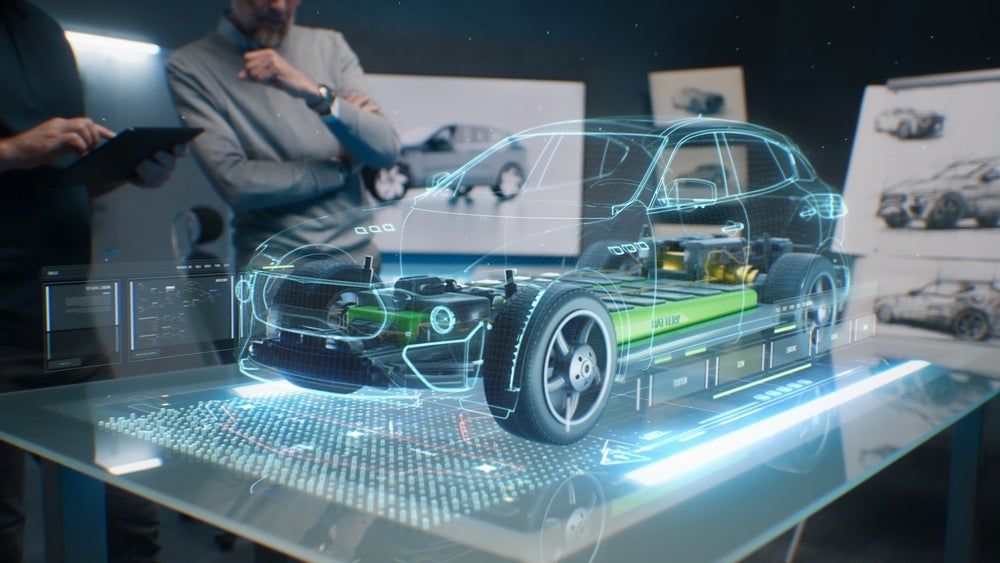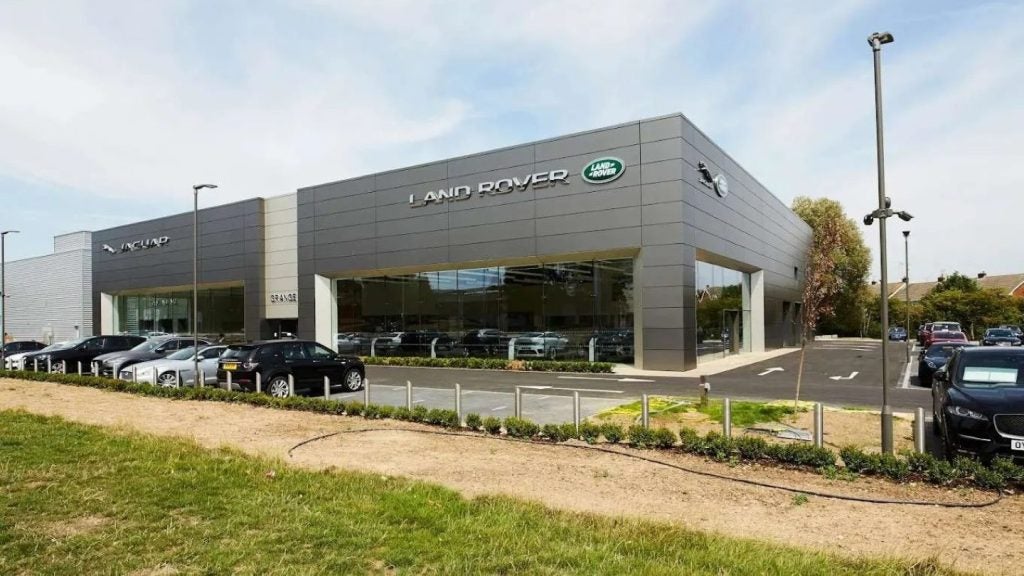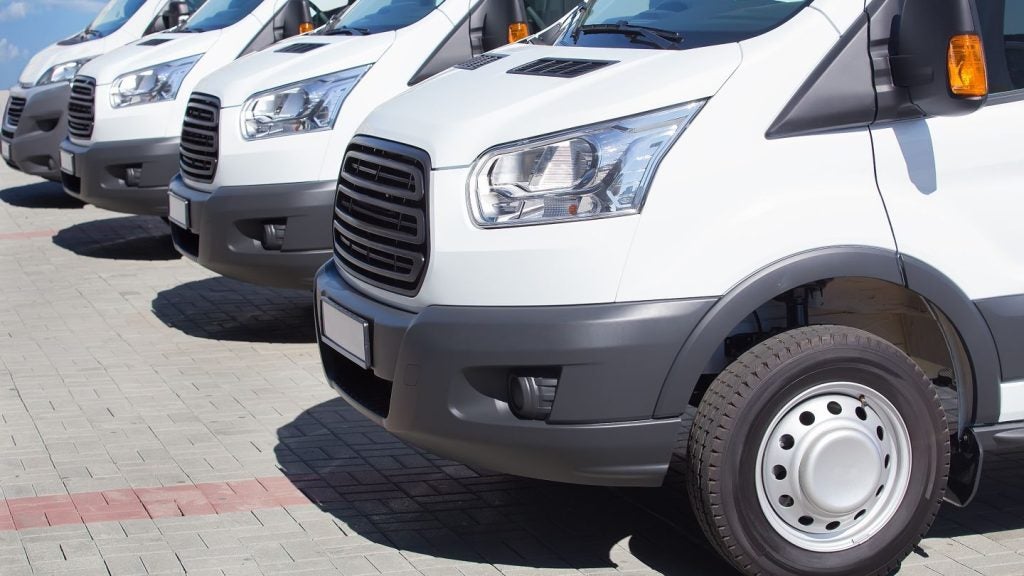
Dirac is a global audio tech company, headquartered in Uppsala, Sweden, with research and development hubs in Copenhagen, Denmark, and Bangalore, India. The company also has a significant presence in key markets including Greater China, Germany, Japan, Korea, and the US.
Specialising in the automotive and home audio sectors, Dirac collaborates with audio innovators and manufacturers to enhance dynamics, clarity, and immersion across various environments.
A recent report by IDTechEx projects that the software-defined vehicles and AI cars market will surpass US$700 billion by 2034, constituting about 20% of the worldwide car market. Analysts anticipate a compound annual growth rate (CAGR) of 34% for the software-defined vehicle market between 2023 and 2034.
Alejandro Gonzalez, editor of Motor Finance Online, spoke to Hendrik Herman, vice president of automotive about the advent of software-defined vehicles (SDV), connected cars, up-mixing technology, cloudification, algorithms, business partnerships the role that immersive experiences are playing in the car of the future.
Alejandro Gonzalez (AG): Could you tell us about yourself and the company?
Hendrik Herman (HH): I have a background primarily in automotive, having worked extensively with automotive suppliers throughout my career. Interestingly, I also have experience as a professional firefighter, which I find surprisingly relevant to my current role! My educational background includes studies in electronics and business. About six months ago, I assumed the position of VP of Automotive at Dirac, overseeing our automotive business globally, which constitutes the majority of our revenue.
As for Dirac, we’re a Swedish software company, established in 2001 by research students and professors at Uppsala University, renowned for its expertise in signal processing. Our focus has always been on audio software development, leveraging algorithm-based technologies to unlock the full potential of audio systems. Today, a significant portion of our business revolves around room correction, ensuring optimal audio performance in various environments, be it a living room or a challenging car cabin.

US Tariffs are shifting - will you react or anticipate?
Don’t let policy changes catch you off guard. Stay proactive with real-time data and expert analysis.
By GlobalDataAG: Could you tell me what a software-defined vehicle is and how that differentiates from the connected car concept?
HH: Software-defined vehicles (SDVs) have become a buzzword in recent years as a reimagining of traditional vehicle design. While connected cars focus on integrating technology into vehicles, SDVs take it a step further by shifting the vehicle’s identity, user experience, and brand definition more towards software than other factors like the powertrain.
AG: Dirac is in the business of creating digital audio solutions. This means you produce high-end products I take it?
HH: Our focus on digital audio solutions may seem high-end, but it’s rooted in addressing inherent deficiencies in speaker systems across various hardware levels. Whether it’s an entry-level or mid-grade audio system, the challenge remains the same: optimising audio performance for specific environments, such as living rooms or car cabins.
AG: So who is your typical customer?
HH: In the home audio sector, our typical customers are audio enthusiasts or audiophiles who are passionate about maximising their audio experience. However, in the automotive space, our customer base is primarily business-to-business (B2B), consisting of car manufacturers, tier-one suppliers, and audio brands. We provide solutions to enhance their audio systems, often in collaboration with high-end audio brands like Bowers & Wilkins and Bang & Olufsen.
AG: And for the end user, what is it you’re providing?
HH: For end users, our goal is to unleash the untapped potential of their car audio systems through software enhancements. This could involve improving bass perception, achieving more even bass distribution in the cabin, or providing immersive audio experiences through technologies. We’ve recently launched up-mixing technology that analyses an audio input and splits it into different audio attributes. From this real-time decomposition, the up-mixing technology generates a multichannel version of the same content and distributes it to multichannel-capable sound systems. So you can add this capability to go from a stereo-only system to an up-mixed immersive experience.
AG: When trying to improve the sound from speakers, or an audio system generally, I usually adjust the high, low and mid frequencies. How does sophisticated software improve on that approach?
HH: Our software takes a comprehensive approach by gathering extensive data on how speakers behave across frequencies and positions. We measure every seat in 16 different microphone positions, which will allow us to sort of paint the entire sound field to see how the waves behave across the cabin. We focus not only on adjusting frequencies but also on addressing phase issues, particularly critical in environments like car cabins with numerous early reflections. By treating speakers as unified virtual units and co-correcting them, we ensure optimal audio performance.
AG: What can you tell me about your existing partnerships?
HH: We have a diverse range of partnerships across the audio value chain, collaborating with renowned audio brands like Masimo, Marantz, and Denon, as well as software companies such as BlackBerry QNX, NXP, and ADI. Our collaborations extend to speaker manufacturers and car manufacturers, reflecting our commitment to delivering innovative audio solutions.
AG: What can you tell me about how the company is funded?
HH: Dirac is a privately held Swedish AB stock company, with our last funding round occurring in 2021. Our major shareholders include venture capital investment funds TIN, DIG and CNI.
AG: Could you explain the ‘cloudification’ of the vehicle and how it works?
HH: This is a Sandbox proposal which involves putting our algorithms to use. ‘Cloudification’ involves leveraging cloud-based simulations to streamline the car cabin correction process. In the future, by partnering with companies capable of fully mapping and simulating car cabins with their acoustics, we can move our cabin correction process to the cloud, enabling pre-tuned sound systems for vehicles right from the prototype stage.
AG: What are you working on at the moment?
HH: We recently launched an up-mixing technology, agnostic of the input source, to create an immersive experience. And experience is what sells and is what enables a manufacturer to make money from software. We are bringing it out to the market as we speak.
AG: Apart from music, what other audio car experiences are you working on improving?
HH: Beyond music, our efforts extend to enhancing a multitude of in-cabin audio experiences that cater to the evolving needs of modern drivers and passengers. Consider scenarios where individuals find themselves waiting during a charging break or experiencing autonomous driving capabilities. In these instances, audio becomes a crucial aspect of the overall in-car experience. As cars become increasingly equipped with high computing capabilities, there’s a growing demand for optimised audio experiences, and that’s precisely what we’re addressing.
Warwick Acoustics’ car audio tech avoids using Rare Earth Elements
Meta Improves Speech Recognition Accuracy with Lip-Reading AI
SDV and AI cars market expected to surpass US$700bn by 2034







